Coins
Below are examples of coins of 5 units.
|
| ||||||||||||
|
| ||||||||||||
|
| ||||||||||||
Spėčiau, kad ne jie, o, šiuolaikiškai, finansininkai tarptautininkai:)
Overview of contractual states (red) and associated states (other colours) between 1866 and 1914:
The LMU eventually failed for a number of reasons. Some members, notably the Papal State's treasurer, Giacomo Cardinal Antonelli, began to debase their currency. This meant he minted coins with an inadequate amount of silver and then exchanged them for coins from other countries that had been minted correctly. More importantly, because new discoveries and better refining techniques increased the supply of silver, the fixed LMU exchange rate eventually overvalued silver relative to gold. German traders, in particular, were known to bring silver to LMU countries, have it minted into coinage then exchanged those for gold coins at the discounted exchange rate. These destabilizing tactics eventually forced the LMU to convert to a pure gold standard for its currency (in 1878).[16][17]
According to Financial Times, another major problem of the LMU was that it failed to outlaw the printing of paper money based on the bimetallic currency. A weakness which was exploited by France and Italy that printed banknotes to fund their own endeavours, effectively "forcing other members of the union to bear some of the cost of its fiscal extravagance by issuing notes backed by their currency".[18] Greece also caused problems. According to the BBC, "its chronically weak economy meant successive Greek governments responded by decreasing the amount of gold in their coins,[19] thereby debasing their currency in relation to those of other nations in the union and in violation of the original agreement". Greece was formally expelled from the Latin Monetary Union in 1908. It was readmitted in 1910, however.[20]
Even though the minting of new silver coinage ceased, the existing silver coins continued in circulation, and the fluctuations in the values of gold and silver were somewhat of a nuisance. The political turbulence of the early twentieth century which culminated in the First World War, brought the Latin Monetary Union to its final end in practice, even though it continued 'de jure' until 1927, when it came to a formal end.
The last coins made according to the standards (i.e. diameter, weight and silver fineness) of the Union were the Swiss half, one-franc, and two-franc pieces of 1967.[21]
Провал Латинского валютного союза во многом объяснялся гетерогенностью уровней экономического развития его членов. Слабые в экономическом отношении страны, в первую очередь Греция, не только не смогли достичь уровня экономического развития Франции, но и ухудшили своё финансовое положение. Так, правительство Греции оказалось вынуждено постоянно прибегать к монетным махинациям, таким как тайное уменьшение доли золота в монетах, с целью хоть как-то избежать полного банкротства. За это в 1908 году Грецию исключили из союза, хотя затем восстановили вновь в 1910 году. Кроме того, более крупные страны, пользуясь правами «государств-тяжеловесов», извлекали от союза больше пользы, чем более мелкие, особенно бедные периферийные члены. К примеру, Италия и Франция выпускали наибольшее количество бумажных банкнот для своих собственных нужд, таким образом финансируя свои операции за счёт металлической валюты более мелких стран, которые в свою очередь пытались экономить на содержании золота[1]. Спекуляции игроков третьих стран, в особенности немецких перекупщиков металла (спекулянтов), также подтачивали устойчивость союза. Кроме этого, валютный союз ухудшил социальное положение многих аграрных регионов внутри стран-членов. Так, многие крестьяне Италии и Греции — стран, традиционно отличавшихся низкой производительностью труда, — разорились и были вынуждены эмигрировать в США, Латинскую Америку, а также в более развитые члены самого союза — Францию, Бельгию и Швейцарию. К началу ХХ века количество итальянскиx иммигрантов во Франции достигало 1/3 их численности в США.
Gal ką nors primena, iš šių laikų?
Kai kam primena:
Kai kam primena:
С началом кризиса в Еврозоне некоторые исследователи начали проводить параллели между проблемами Латинского валютного союза и современными финансово-экономическими проблемами стран, использующих евро[2].
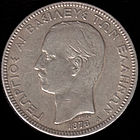


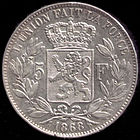
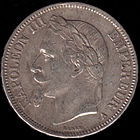
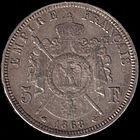

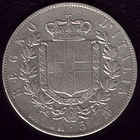
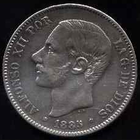

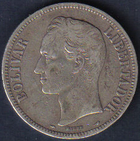
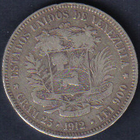



Komentarų nėra:
Rašyti komentarą